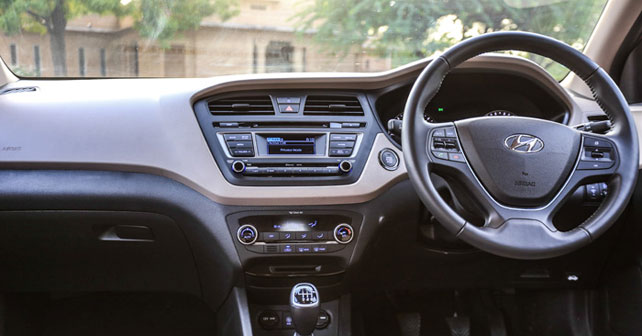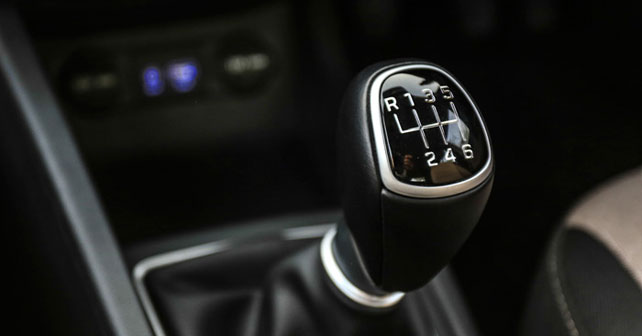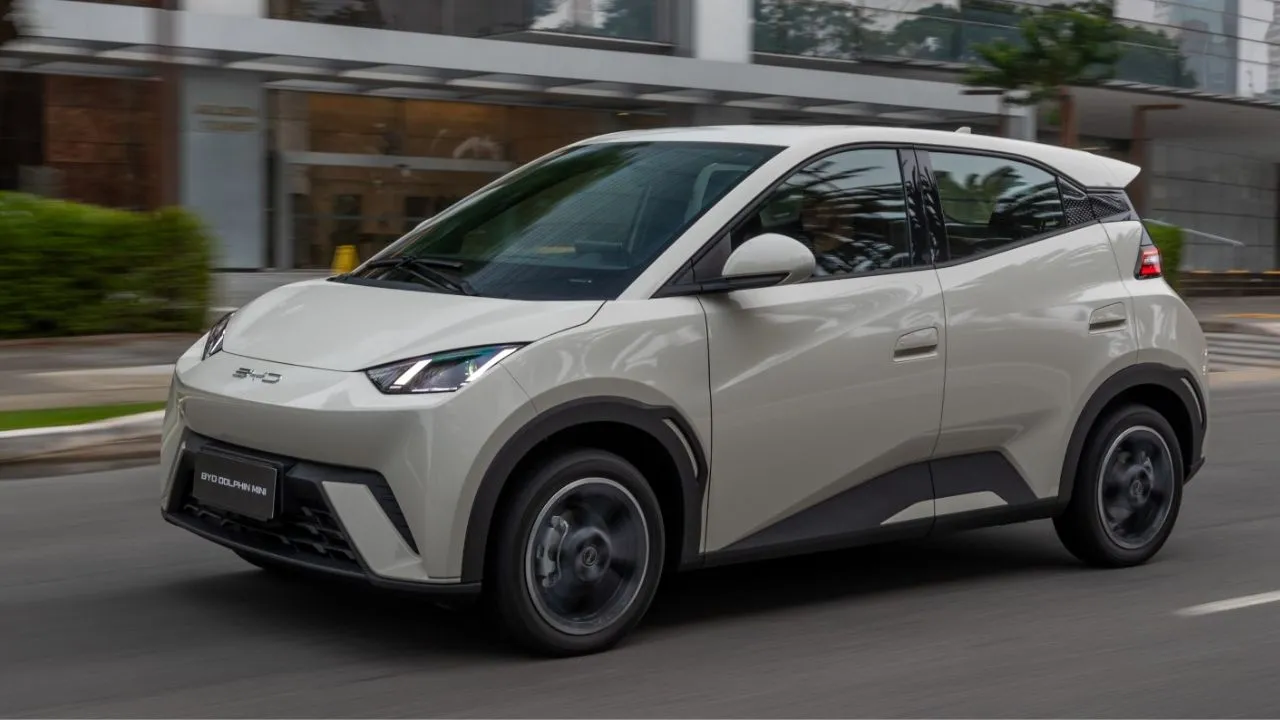Hyundai i20 Review, Test Drive
With the second-generation i20, or as they say Elite i20 - Hyundai has done an almost impeccable job at creating a compact car that carries you in the utmost serenity and comfort, as per compact car standards. Don't believe me? Read on.
Hyundai seems to advance by a couple of generations with each new model. So, does the new Hyundai i20 manage to maintain this trend? Read our Hyundai i20 to know.
Hyundai, along with its subsidiary Kia, has been the fastest growing carmaker on the planet over the past decade. Currently, Hyundai-Kia is the 5th largest automaker in the world, and their 2014 collective sales target is 8 million units. If you were to search for appropriate phrases to sum up Hyundai’s journey thus far, you would be well placed using term such as ‘dogged determination’ and ‘resolute drive.’
What they’ve excelled at doing is providing exceptional value to their customers, and that’s something which goes a long way in our market. So, it wasn’t surprising that the global launch of the new Hyundai i20 took place in India before anywhere else. In fact, we’re the first few people in the world to actually drive the new Hyundai i20 hatch – and that’s quite a privilege. And this is largely so because, when Hyundai launches a new model, it’s like they’ve jumped two generations ahead instead of just one – that’s how steep their learning curve is. And the new Hyundai i20 is no different as proved by our Hyundai i20.

Let’s not forget, though, that the previous Hyundai i20 was a pretty good car in its own right. After all, when we took six hatchbacks to the Buddh International Circuit last year, the Hyundai i20 came out trumps – by a long way. Not long before that, when we pitched ten hatchbacks against each other on the road, the Hyundai i20 came out on top once again.
The Hyundai i20 was one of the first few cars to be launched with Hyundai’s Fluidic Sculpture design philosophy, and that’s certainly one of the factors which has helped it stand out on the road. In fact, fluidic sculpture is one of the traits that’s allowed Hyundai to truly raise the bar and elevate its profile.
So, what we have here for our Hyundai i20 is Fluidic Sculpture 2.0. And that could be quite risky! You see, since this design language has been so successful for the brand, you would expect them to just stick with it. But Hyundai doesn’t believe in looking back – their philosophy is all about moving forward. So, Fluidic Sculpture 2.0 is a massive departure from its predecessor. While their existing cars are soft and curvaceous, their new ones are bold and sharp. The new Hyundai i20 looks incredible – there’s simply no other way to put it. The front and rear overhangs are small, which means that the wheelbase is quite large – and, in turn, legroom is pretty generous. The front end is shaped by a clamshell bonnet, massive headlights, and a sharp radiator grille that forms the better part of the bumper. In profile, what you immediately notice are beautiful 16-inch alloys. The rear, again, has sweeping lights that look as though they’ve come straight out of an Alfa Romeo – and that’s a good thing! The entire car looks wide and squat, which translates to ‘purposeful and sporty.’ The design has a sense of cohesion that was, frankly, previously missing. Of course, it’s a matter of opinion, but I can’t emphasize enough what a good-looking car this actually is.

The only questionable part of the design is, perhaps, the blacked out C-pillar. And while it doesn’t looks bad per se, it’s the plastic cladding that feels a little cheap and looks as though it’ll fade into a dull grey after a summer in the sun. But where the Hyundai i20 has always excelled has been in the cabin – and this one just takes it a notch higher. Firstly, the design is impeccable. Secondly, the attention to detail is surprising, and, third – while there are more hard plastics than you’d like – the overall quality of the cabin is very impressive. It’s just a nice place to spend time in. For this cabin alone, I would choose the Hyundai i20 over all the other hatchbacks, compact sedans, and compact crossovers in the market. Not only is it comfortable, light, and airy, but it also has every single gizmo you can think of – 1GB of internal memory, Bluetooth streaming, great sound quality, multi-function steering, sunglass holder, climate control, rear AC vents, push-button start, reversing camera, and probably even an ice cream maker hidden in the cooled glove box as we realised during our new Hyundai i20. The only thing missing is a sunroof – speaking of which, the headliner material could be nicer as well. Other than that, the cabin is worth the price of admission alone.
Which brings us to how it actually feels going down the road. Now, the previous generation model never really set your heart on fire. Instead, it lowered your pulse and calmed your nerves by providing a serene and refined driving experience. The new model not only reduces your heart rate even more, but also cushions your bottom that little bit better as well. The ride quality is simply sensational – there’s no other way to describe it. The suspension setup is near perfect – not only does it provide a compliant ride over any surface at any speed, but it also feels completely surefooted while doing so. And this has been a bit of an Achilles’ heel for Hyundai in the past, but they appear to have finally cracked it. Another niggle I experienced in the past were the brakes – which, under hard braking, would lock up initially before the ABS engaged and sorted things out. Now, however, you can stand on the brake pedal with all the force you can muster and the car simply grinds to a halt with no drama whatsoever.
But, then, it’s also this lack of drama across the board that leads to a bit of a muted driving experience. This is no hot hatch, let’s just say. The 90 horsepower diesel engine is carried over from before, and while it has been tuned a little for drivability – which means that it’s extremely tractable and linear in its power delivery – it’s never going to set your pants on fire. The steering, unfortunately, is still as distant as ever – so the Hyundai i20 is never going to involve you in the driving experience.
What they haven’t been able to crack just yet is steering feel. It’s still as vague as ever. But then the Hyundai i20 was never about driver involvement. It was always about serenity and comfort – both attributes that have been heightened further in the latest generation. Everything in this car is still as smooth as butter, right from the way the gear lever glides from one gear to the next. It doesn’t feel so much like swapping cogs, as it does like stirring through jelly – but in a satisfying sort of way if you know what I mean. The clutch pedal is light enough to pamper your left leg – but there isn’t an automatic available incidentally! NVH (Noise Vibration Harshness) levels are impressive to an extent that you could be in a country club, not a compact car. And your general wellbeing is the number one priority of this machine – which is not to say that it doesn’t drive well, it does. It’s completely planted at 150km/h. But it’s just better at looking after you, and syncing your smart phone, than it is at getting properly stuck in!
All told, it’s still the best compact car on the market. Correction: they’ve taken what was the best compact car available and tweaked it to a point where the competition may as well just roll over and play dead. We would like to sum up our Hyundai i20 India by saying This is Hyundai at its giant killing best!

Engine: 1,396CC / 4 cylinders / DOHC / CRDi
Fuel: Diesel
Transmission: 6-speed manual / front-wheel drive
Power: 89 BHP @ 4000RPM
Torque: 220NM @ 1500 - 2750RPM
Price Range: Rs. 6.10 - Rs. 7.67 lakhs (ex-showroom, delhi)
Price (As Tested): Rs. 7.67 lakhs (ex-showroom, delhi)










































Write your Comment on